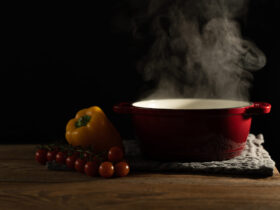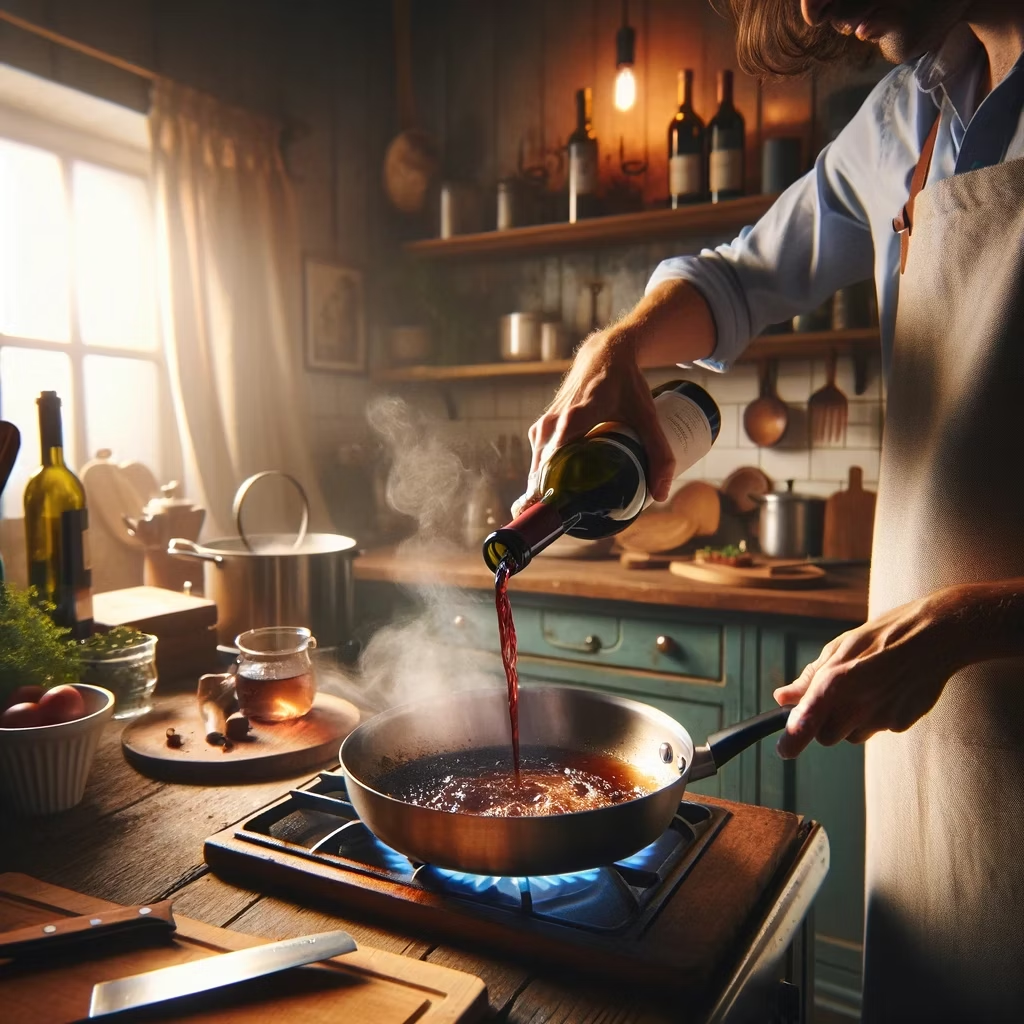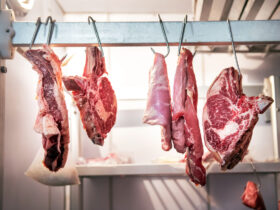Deglazing is often considered by many chefs today as an ancient kitchen practice that is increasingly being neglected. However, once you understand what happens during deglazing, also known as “déglacer” in French, you’ll realize – it’s crucial for flavor!
How Does Deglazing Work?
Deglazing is a cooking technique where liquid, often alcohol or broth, is added after searing to dissolve the fond or the browned bits stuck to the bottom of the pan and to enhance flavor. In the kitchen, it’s common to use white wine, red wine, or port wine for deglazing, but sherry or brandy also work wonderfully.
Important: Deglazing creates flavors that would never be produced without it!

Never Add Everything at Once! - Why Deglaze Multiple Times?
During deglazing, the temperature in the pan drops below 100°C (212°F). At these temperatures, what we call cooked flavors are created, which cannot occur during frying. Moreover, multiple deglazing breaks down more proteins, producing glutamic acid – it’s responsible for the so-called umami taste.
When the temperature rises above 100°C (212°F) again, more pectins are released from the vegetables, and additional caramelization processes and intensified Maillard reactions occur (between 100°C and 150°C / 212°F and 302°F). The more we go through these processes while cooking, the more intense the flavors released from your ingredients become.

Why Use Alcohol for Deglazing?
Alcohol helps dissolve fats and oils in the pan or pot, which water alone cannot do. So, your roasted flavors have water, fat, and alcohol as solvents on offer. This creates a mouthful, known as “kokumi.”
Ketchup for Deglazing?
For those who deglaze multiple times when preparing their sauce, you can also use tomato ketchup and add it before the first deglazing with wine. The high sugar content provides a stronger caramel note as the sugar reacts to maltol. But highly concentrated tomato paste also does the job.
In conclusion, deglazing is a fundamental technique in cooking that enhances flavors and creates depth in your dishes. Understanding the science behind it can elevate your culinary skills and take your cooking to the next level. So, next time you’re in the kitchen, don’t forget to deglaze!













Leave a Reply
View Comments